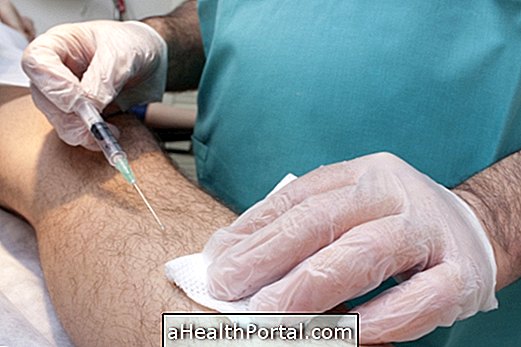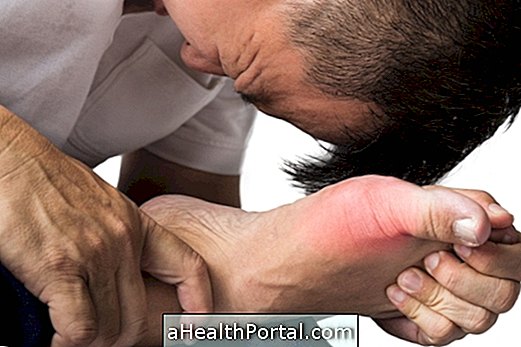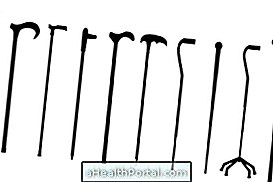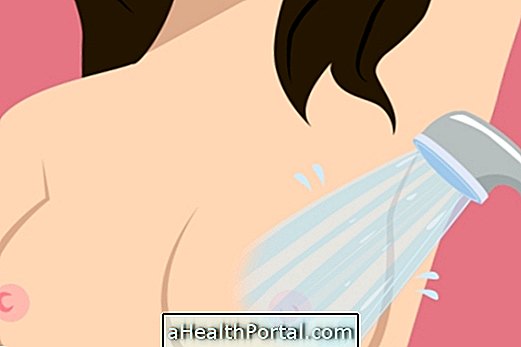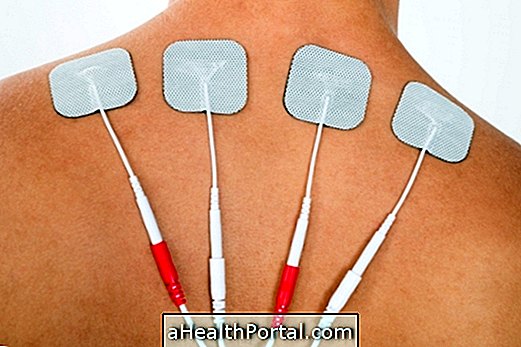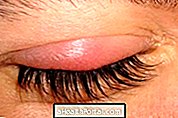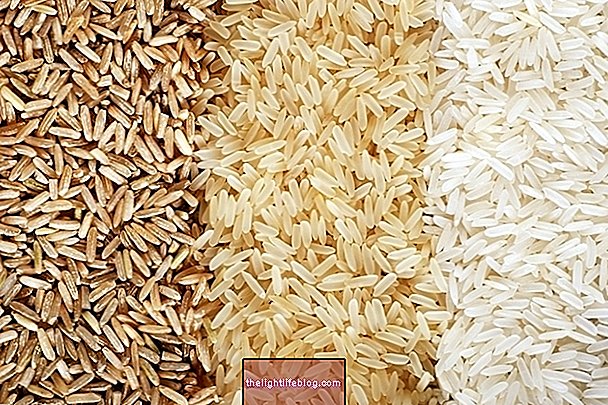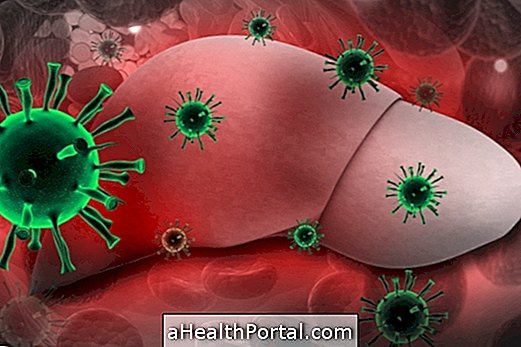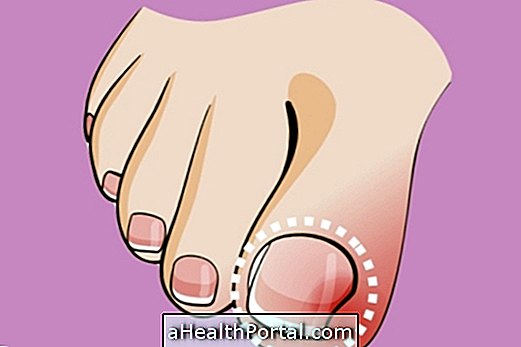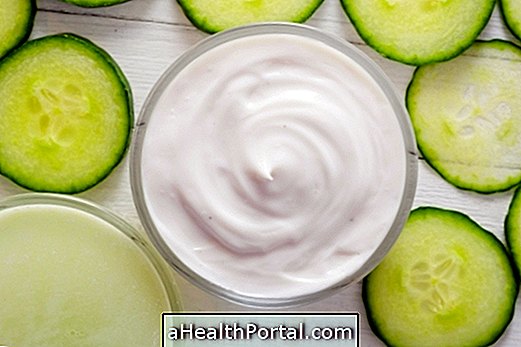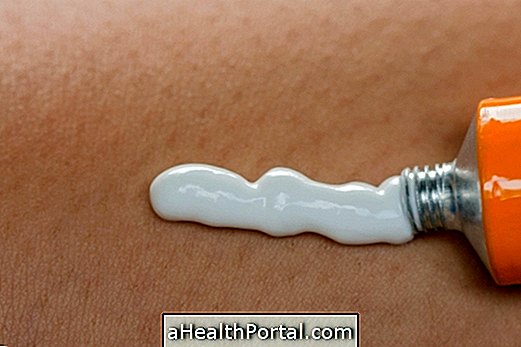Umbilical hernia in the adult should be treated with surgery to avoid complications such as intestinal infection. However, it is more common in infants, and in these cases, no specific treatment is necessary because it disappears by itself until the age of five.
The umbilical hernia is characterized by a cramp in or around the navel, which is formed by fat or a part of the small or large intestine that has been able to cross the abdomen muscle due to increased abdominal pressure in cases of overweight, for example.
Usually, umbilical hernia hurts and can cause nausea and vomiting, especially when you make some kind of effort, such as lifting a heavy box or lowering it to pick up an object from the floor. See all the symptoms here.


How is umbilical hernia surgery?
Prior to surgery the surgeon should order preoperative tests such as chest x-ray, electrocardiogram, urine and stool, as well as blood count, blood glucose, urea, and creatine.
The treatment for umbilical hernia is always surgery, called herniorrhaphy, which is simple surgery and can be done through a cut in the abdominal region or by laparoscopy. In some cases, a protective net may be left at the surgery site to prevent the hernia from coming back.
Surgery can be performed on children over 5 years of age, by SUS or in private clinics, by 2 different methods: laparoscopy or cut in the abdomen.
In surgery with a cut in the abdomen, epidural anesthesia is required. After performing the cut the hernia is pushed into the belly and the abdominal wall is closed with stitches. Usually the doctor places a screen in the area to prevent a new hernia from appearing on the spot.
When the doctor opts for laparoscopic surgery, general anesthesia is required and 3 small 'holes' are made in the abdomen to allow the microcamera and the other instruments that the doctor needs to push the hernia into its proper place, screen to prevent it from popping up again.
How is recovery from surgery?
In the case of laparoscopic surgery the recovery is faster and usually the person only stays hospitalized for 1 or 2 days and can return to his usual activities in 2 weeks. In this case the surgery scar is very small, there is less postoperative pain and the risk of infection is lower.
Some important care while the person does not fully recover are:
- Avoid picking on objects heavier than 5kg during the first month after surgery and up to 10kg, 3 months later;
- Place your hand or a pillow over the stitches if you need to cough;
- The food may be normal, but if it is rich in fiber it may be more comfortable to evacuate without pain;
- It is only recommended to drive when you do not feel abdominal pain about 3 to 5 days after surgery;
- You can even take a shower with the surgery dressing. Go to the doctor if the area looks infected, such as bad smell, red, with discharge and pus.
Also, wearing a strap can help you feel more comfortable. You can buy this umbilical hernia bracelet from hospital product stores or the internet.
How to facilitate healing after surgery
Eating foods rich in lean protein, such as egg, chicken breast and fish, is a great way to promote tissue growth to close the surgical wound. In addition, one should drink plenty of fluids to keep the skin well hydrated and elastic. However foods known as 'oysters' that should be avoided are those rich in sugar or fat, such as ham, sausage, pork, bacon and fried foods, because they make it difficult to heal.
